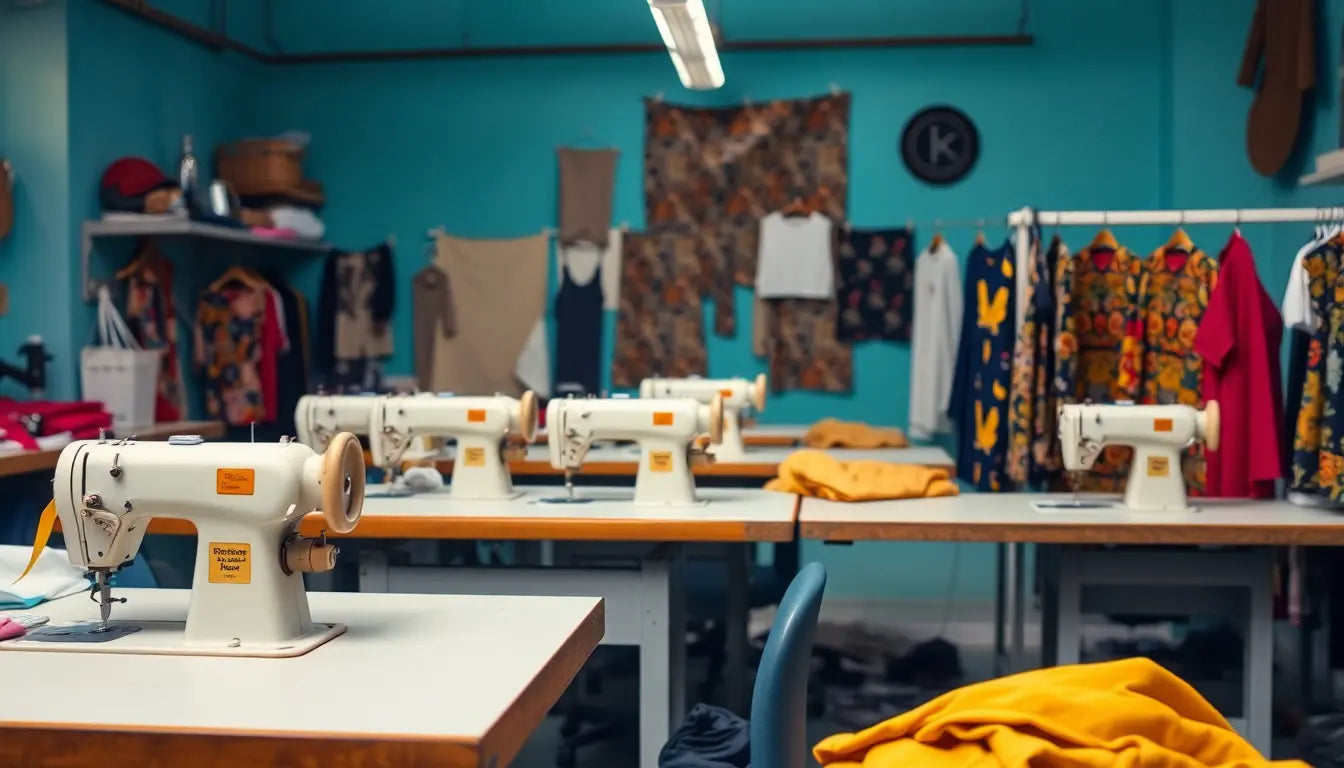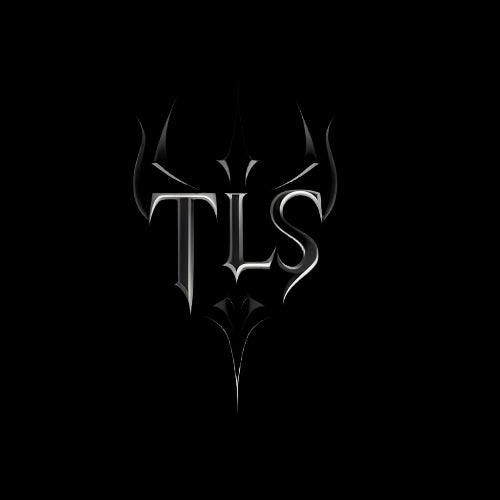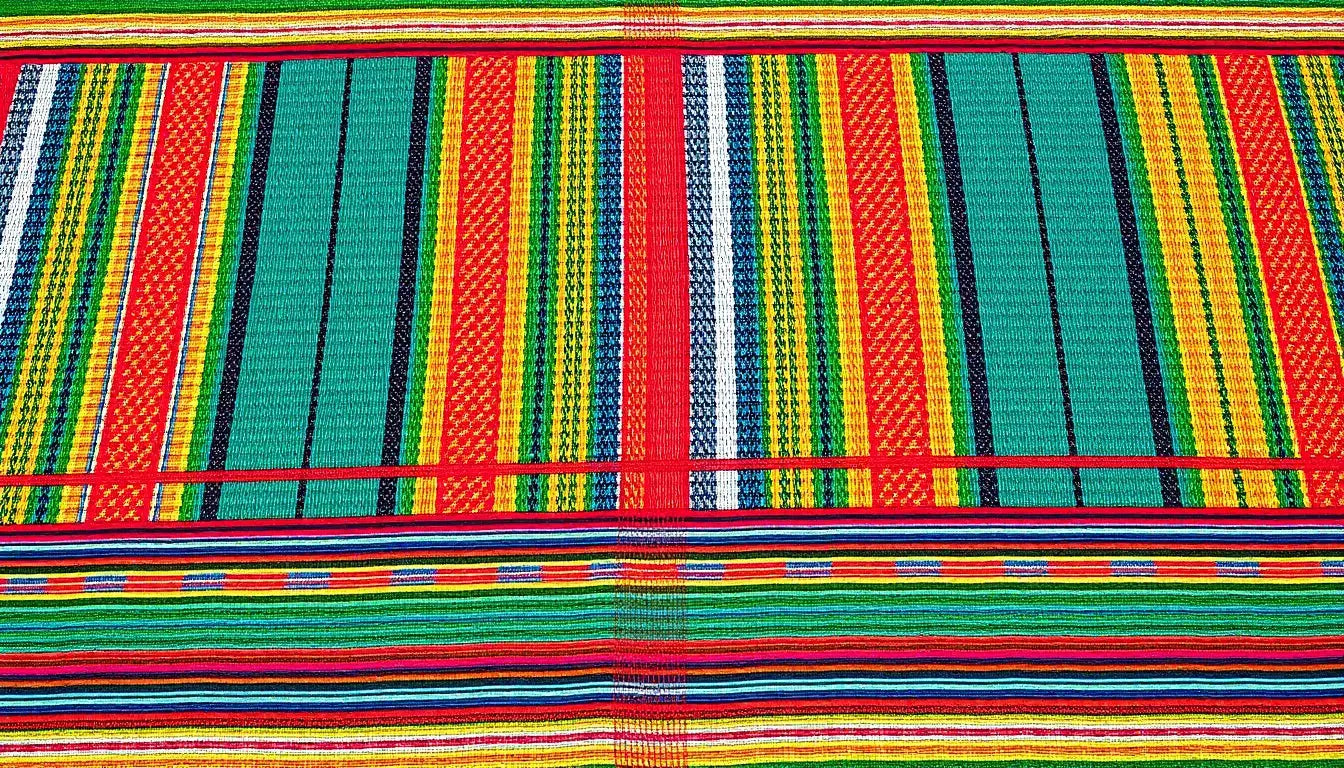
Fractional Maker Ownership and Tokenized Royalties: How Local Microfactories Can Scale Sustainable Dancehall Streetwear Globally
Introduction
By 2025, dancehall streetwear has matured from regional cultural expression into a global fashion movement. Yet the industry faces persistent tensions: rapid demand versus responsible production, cultural authenticity versus corporate appropriation, and makers being underpaid versus brands capturing most of the value. Fractional maker ownership and tokenized royalties, implemented alongside a distributed network of local microfactories, present a practical, technology-enabled path to scale sustainable dancehall streetwear globally while ensuring makers and communities retain ownership and benefit from growth.
Why this matters now
Several converging trends make this moment ripe for reimagining how dancehall streetwear scales:
- Consumer demand for authenticity and provenance is rising, especially among Gen Z and culturally engaged audiences.
- Blockchain and tokenization tooling has matured; low-fee proof-of-stake and layer-2 solutions make automated royalties practical and environmentally reasonable.
- Microfactory technology and local on-demand production have reduced minimums and upfront capital barriers.
- Regulatory frameworks and compliance tools are clearer in many jurisdictions, enabling compliant token offerings when structured correctly.
Dancehall culture and the imperative to preserve value locally
Dancehall is more than aesthetics: it is social history, language, politics, and identity. Traditional fashion supply chains often extract aesthetics without restoring value to originating communities. A model that fractionalizes ownership and embeds royalties ensures that creators, tailors, screen printers, and designers share in the upside—and that cultural stewardship remains local.
Core concepts explained
Fractional maker ownership
Fractional maker ownership means distributing equity-like stakes to contributors in a brand, product line, or production node. Rather than one-off fees, makers receive ongoing claims on revenue, governance, or other value streams. Ownership can be represented via fungible tokens, fractional NFTs, or traditional equity tied to smart contracts for distribution logic.
Tokenized royalties
Tokenized royalties are programmable revenue shares encoded in smart contracts. When a garment is sold, licensed, or resold, the smart contract automatically routes predefined percentages to token holders, makers, and other stakeholders. This introduces permanence and transparency to compensation that traditionally vanishes after initial sale.
Microfactories
Microfactories are compact, flexible production hubs that use digital workflows, automated equipment, and skilled local labor to produce garments on demand. They minimize inventory, shorten lead times, and allow for hyper-local collections that reflect community trends and collaborations.
How the three elements reinforce each other
- Fractional ownership aligns incentives: makers improve quality, reduce returns, and promote the brand because they are shareholders in success.
- Tokenized royalties provide ongoing financial flows so that makers benefit from aftermarket value and resales.
- Microfactories enable sustainable on-demand manufacturing, matching production to real demand and lowering environmental costs.
Designing an effective token economy for dancehall streetwear
Effective token economies balance fairness, liquidity, governance, and regulatory compliance. Below is a recommended architecture and rationale.
Token model components
- Maker tokens: Fungible tokens representing a share of royalties associated with a specific collection or product line. These are distributed to designers, pattern makers, screen printers, and microfactory operators who contributed to production.
- Governance tokens: Voting tokens that give holders a voice on creative direction, sustainability policies, and allocation of community funds. These can be allocated to core stakeholders, community councils, and long-term contributors.
- Utility tokens: Non-financial tokens redeemable for services like repair credits, discounts, training workshops, or early access to drops. Utility tokens strengthen community engagement and on-the-ground benefits.
- Collector NFTs: Limited-edition digital tokens tied to physical drops. These can unlock provenance metadata, backstage content, and share in resale royalties.
Example tokenomics
Illustrative numbers for a 1,000-unit capsule drop priced at 80 USD per unit:
- Total revenue: 80,000 USD
- Royalty pool (tokenized): 12% = 9,600 USD distributed via maker tokens
- Factory margin and operating costs: 40% = 32,000 USD
- Brand and marketing: 20% = 16,000 USD
- Community fund (for training, grants): 3% = 2,400 USD
- Reserve for repairs/upcycling: 5% = 4,000 USD
- Profit and reinvestment: remaining balance
Maker tokens could be allocated with rules such as: designers 30%, screen printers 20%, cutters 10%, microfactory operator 20%, community contributors 20%. Smart contracts enforce splits and distribute in real time or on a periodic cadence.
Smart contract and technical architecture
Choose a pragmatic stack focused on low fees, environmental efficiency, and broad interoperability.
- Blockchain base: Use a proof-of-stake chain or layer-2 with established royalty standards. Examples include Polygon, Optimism, zkSync, or energy-efficient chains with strong marketplace support.
- Token standards: Implement royalty-aware standards such as ERC-2981 for NFTs and industry-tested fractionalization protocols for fungible maker tokens.
- Oracle and off-chain integrations: Integrate trusted oracles for real-world events (returns, repairs) and use middleware to connect e-commerce platforms and POS systems.
- Legal guardrails: Employ multisig and time-locked governance for treasury disbursements and use KYC/AML tooling for token sale phases that may be regulated.
- User interfaces: Simple wallet abstractions for makers unfamiliar with crypto; custodial and non-custodial options to lower onboarding friction.
Practical operations for microfactories
Microfactories should be built around lean principles with a strong focus on local hiring and circular material flows. Operational guidance:
- Modular equipment: Invest in digital printing, small-batch sewing machines, and automated cutting where appropriate to support varied runs.
- Digital workflows: Use cloud-based order management, color-proofing, and quality control dashboards connected to token contracts for triggering royalty events.
- Training and upskilling: Allocate a percentage of revenue to continuous training programs so local makers can operate and maintain equipment and move into value-added roles.
- Material sourcing: Prefer local recycled and low-impact textiles; build partnerships with regional recyclers and textile cooperatives.
- Repair hubs: Co-locate repair and upcycling services at microfactories to extend garment life and keep materials in circulation.
Supply chain and materials strategy
Sustainable sourcing and transparent material flows are essential for credibility and lower environmental impact.
- Material traceability: Tag batches with provenance metadata recorded on-chain or in a verifiable off-chain registry.
- Local procurement: Shorten supply chains by sourcing from local recyclers or regional mills to reduce emissions and support local economies.
- Circular design: Design garments for disassembly, repair, or upcycling to maximize lifetime utility.
- Certification: Where practicable, pursue third-party certifications for organic, recycled, or low-impact processes and publish audits.
Legal and regulatory playbook
Tokenization operates at the intersection of IP, securities, tax, and commercial law. Practical steps to reduce legal risk:
- Define economic rights clearly: Draft contributor agreements that specify the nature of the token: whether it represents a revenue share, a license, or governance rights. Avoid ambiguous language that could trigger securities classification unintentionally.
- Securities analysis: Engage counsel to run a Howey test analysis in target jurisdictions. If tokens have profit expectations, structure offerings via compliant securities token offerings, registered exemptions, or use non-financial utility models for broader distribution.
- IP ownership: Clarify who owns design IP and how licensing works. Consider licensing IP to a decentralized copyright pool governed by token holder votes rather than transferring ownership without safeguards.
- Tax compliance: Build reporting into platforms so that royalty payouts and token trades are tracked and reported. Provide token holders with guidance on tax treatment.
- KYC/AML: Implement KYC for token sales, dividend-like distributions, or when regulatory rules require it. Use reputable KYC providers to streamline onboarding.
Community governance and inclusion
Governance is about fairness and cultural stewardship. Governance structures should enable local communities to shape creative direction and resource allocation.
- Local councils: Establish local advisory councils of designers, elders, and community stakeholders empowered to approve collaborations and educational programs.
- Transparent budgets: Publish community fund spendings and impact reports tied to tokenized allocations.
- Participation pathways: Offer clear methods for new makers to join the tokenized ecosystem—mentorship, apprenticeships, and micro-grants.
Marketing, storytelling and SEO for global reach
To rank highly in search and drive organic discovery, combine technical SEO, content depth, and community amplification.
Keyword and content strategy
- Primary keywords: fractional maker ownership, tokenized royalties, microfactories, sustainable streetwear, dancehall fashion
- Secondary keywords: on-demand fashion production, fashion provenance, community-owned fashion, ethical streetwear
- Content pillars: maker stories, provenance and sustainability reports, technical explainers on tokenization, behind-the-scenes microfactory tours, collaboration drop announcements
- Long-form content: publish in-depth case studies, legal playbooks, and sustainable materials guides that attract backlinks and authoritative references
Technical SEO checklist
- Fast page load times and image optimization for lookbooks
- Structured data: product, article, event schema to boost rich results
- Localized content per microfactory region to capture local search demand and long-tail queries
- Mobile-first design and accessible UI for global audiences
Community marketing and partnerships
- Work with dancehall artists, DJs, and cultural institutions to co-create drops and content
- Host IRL pop-ups in regions with microfactories to showcase provenance and sell limited runs
- Leverage token-holder referrals and ambassador programs for organic growth
- Publish open dashboards showing royalty distributions and sustainability metrics to build trust
Launch playbook: step-by-step
Below is a 12-month launch playbook scaled into concrete tasks.
-
Months 0-1: Research and community engagement
- Host listening sessions with local designers, printers, and tailors
- Map local material suppliers and recycling options
- Recruit legal counsel with tokenization experience
-
Months 2-4: Pilot collection and token design
- Develop a 3-5 piece capsule with local makers
- Design token allocation and smart contract rules
- Launch small community sale and mint maker tokens for contributors
-
Months 5-8: Build systems and audience
- Integrate microfactory order management with the token contract
- Start SEO content campaign: maker profiles, sustainability pages, FAQs
- Run pop-up experience and local repair day
-
Months 9-12: Expand and optimize
- Onboard a second microfactory in a new region
- Introduce governance voting for token holders on a new drop theme
- Publish first sustainability and royalty distribution report
Measurement: dashboards and KPIs
Data-driven decision making will guide scaling and credibility. Track:
- Revenue split breakdown and real-time royalty distributions
- Number of active maker token holders and geographic distribution
- On-demand production ratio and unsold inventory percentage
- Carbon footprint per garment and reduction versus baseline
- SEO metrics: organic traffic, keyword rankings, backlinks to pillar content
- Community health: participation rate in governance votes, workshop attendance
Case studies and scenarios
Hypothetical 1: Kingston Threads (expanded)
Kingston Threads launches with a 200-piece capsule created with three local designers. Makers receive maker tokens that entitle them to 10% of sales revenue pooled for distribution. Each resale on integrated marketplaces generates a 5% enforced royalty. The initial drop sells out; makers receive immediate micropayments via smart contract; a portion is allocated to a community training fund. The brand documents material origin and repair pathways, raising visibility and trust. Within 18 months Kingston Threads opens microfactory nodes in London and Toronto, each run by local teams who receive fractional ownership tokens in their node.
Hypothetical 2: Collector-driven secondary market
A limited run of dancehall-inspired jackets also mints collector NFTs with provenance metadata and embedded 3% perpetual royalty. Enthusiastic collectors resell on secondary marketplaces that honor on-chain royalties; the original tailors keep receiving a share every time the jacket changes hands. Collector engagement drives cultural storytelling and price discovery while funding new local drops.
Common challenges and mitigations
- Regulation and securities risk: Mitigate through careful token design, use of exemptions, and working with legal counsel.
- Market fragmentation: Use standards and partner selectively with marketplaces known to honor royalties. Build off-chain legal agreements to cover sales on non-compliant platforms.
- Onboarding non-crypto-savvy makers: Provide custodial wallet options, training, and fiat payout alternatives while offering non-custodial options for advanced users.
- Quality consistency across microfactories: Implement standardized production protocols, shared QC dashboards, and periodic audits.
- IP disputes: Maintain clear contributor agreements and optional licensing models that protect both original creators and token holders.
Financial modeling and investor considerations
Investors may seek traditional returns while communities want long-term value and stewardship. Hybrid models can accommodate both:
- Dual-token model: One token for community ownership and royalties, another for investor-oriented equity with vesting and transfer restrictions.
- Revenue sharing with caps: Provide investors with prioritized returns up to a cap, after which majority flows to community tokens.
- Impact KPIs: Tie investor payouts to sustainability and social impact metrics to align incentives.
Technology and service partners to consider
- Layer-2 blockchain providers with NFT and royalty standards
- Tokenization platforms that support fractionalization and compliant offerings
- KYC/AML providers and legal counsel specializing in digital assets
- Microfactory hardware and software vendors with small-batch expertise
- Sustainability auditors and carbon accounting services
- E-commerce and POS partners with API-first architectures for integrations
Resources and learning pathways
- Workshops for makers: token literacy, digital wallet basics, data privacy
- Open-source smart contract examples for royalty splits and fractional NFTs
- Templates for contributor agreements, IP licensing, and community fund governance
- Case study repositories documenting launches, metrics, and legal approaches
FAQ
-
Are tokenized royalties environmentally friendly?
Tokenization itself can have environmental costs depending on the blockchain. Use proof-of-stake or layer-2 solutions with low energy footprints and publish environmental impact assessments to justify choices.
-
Will fractional ownership dilute community control?
Design governance rules intentionally. Many models reserve community voting power and limit external investor influence through token class structures and vesting schedules.
-
How do you handle disputes over contributions?
Implement clear contribution records, timestamped digital proofs, and an arbitration process defined in contributor agreements. Maintain open communication channels and a local advisory council for mediation.
-
What about buyers who want traditional fiat purchases?
Support fiat transactions on storefronts; tie off-chain purchases to on-chain royalty events via middleware so makers still receive tokenized royalties regardless of payment method.
Long-term vision: an ecosystem map
Imagine a network where microfactories across Kingston, Montego Bay, London, Toronto, and Nairobi operate as interconnected nodes. Each node shares standards for quality, sustainability, and token economics, while local councils retain cultural oversight. Global collectors participate via NFTs and drops, and makers receive continuous royalties as garments circulate. The ecosystem includes training academies funded by a community treasury, a verification registry for sustainable materials, and a decentralized marketplace that prioritizes brands with verified community ownership.
Conclusion
Fractional maker ownership and tokenized royalties, implemented with a distributed microfactory model, offer a realistic and ethical path to scale dancehall streetwear globally. This approach rebalances economic value toward creators, embeds long-term compensation through automated royalties, reduces environmental harm through on-demand local manufacturing, and preserves cultural authenticity through community governance. In 2025 and beyond, brands that combine technology with rigorous community-first practices will be best positioned to grow sustainably and respectfully.
Call to action
If you are a designer, maker, microfactory operator, or entrepreneur inspired to build this future, start with a small, well-documented pilot: assemble a local team, create a 3-5 piece capsule, define token allocation with legal counsel, and publish transparent sustainability and royalty reporting. Share your learnings publicly to accelerate an ecosystem that centers culture, pays makers fairly, and scales sustainable dancehall streetwear to the world.
Further reading and tools
- Guides on fractional NFTs and royalty standards from major layer-2 providers
- Open-source smart contract libraries for revenue splits
- Templates for maker contributor agreements and IP licensing
- Directories of microfactory vendors and sustainable material suppliers
Appendix: Sample contributor agreement outline
Below is a short outline that teams can adapt with legal counsel:
- Parties and definitions
- Scope of work and deliverables
- Token allocation and royalty mechanics
- IP ownership and licensing terms
- Dispute resolution and governing law
- Termination clauses and transfer restrictions
- Confidentiality and data protection
Building an ethical, scalable, and culturally respectful model takes time, transparency, and iteration. Fractional maker ownership and tokenized royalties are powerful tools, but their success depends on thoughtful design, legal prudence, and deep collaboration with the communities whose culture and craft define the brand.


